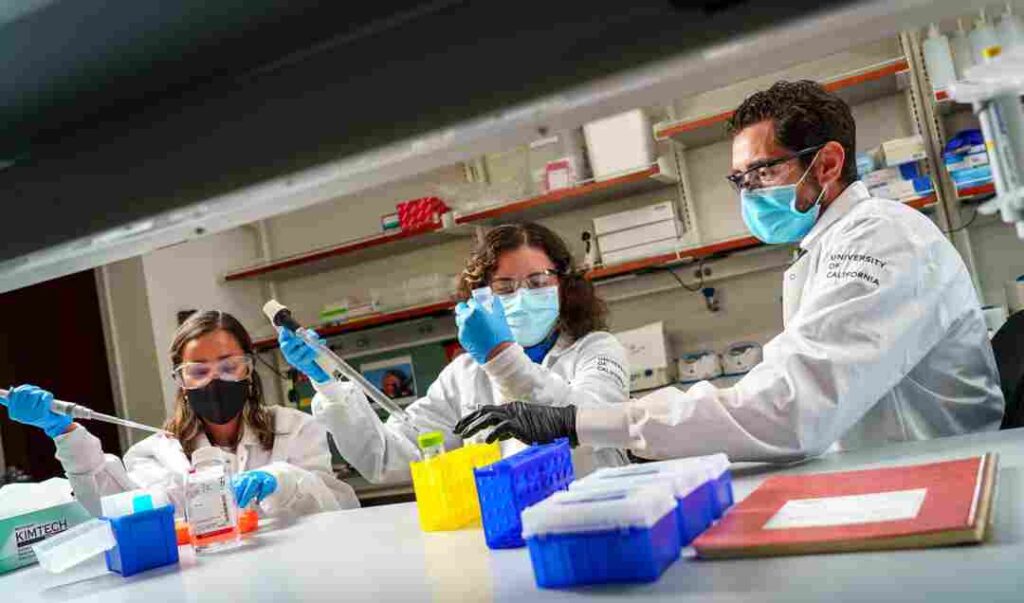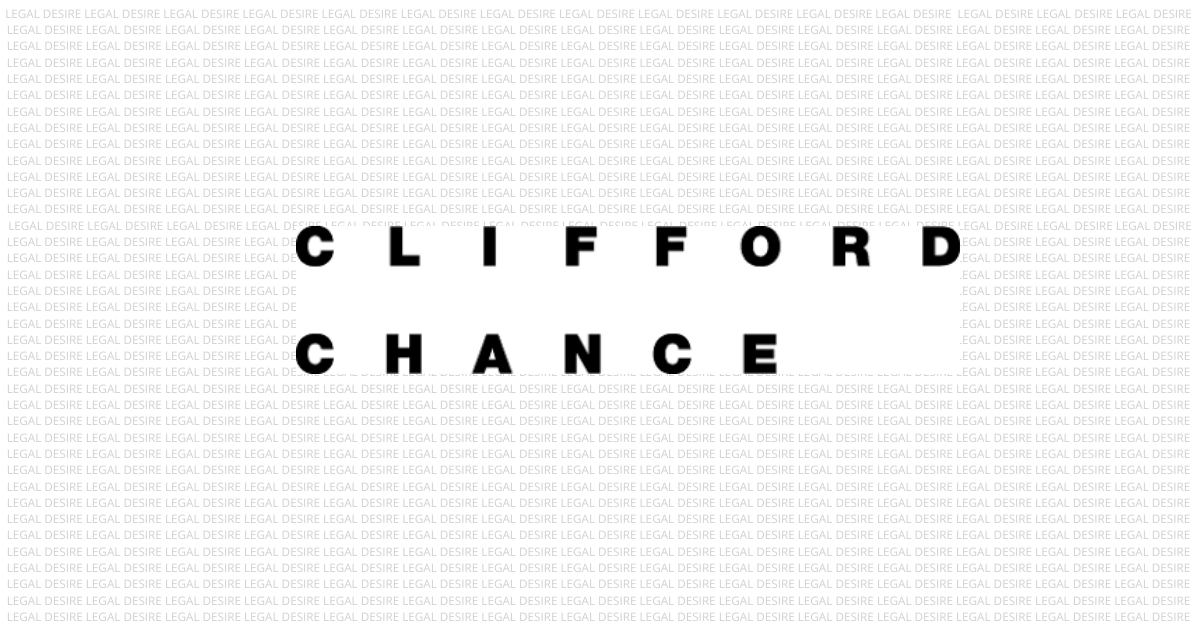Now Reading: Edgeoscopy and Poroscopy
-
01
Edgeoscopy and Poroscopy

Edgeoscopy and Poroscopy
The structural features of a single unit of friction ridge skin are included in Level Three friction skin detail. Its examination focuses on the dimensional attributes of individual ridge units – like their shape, width, and edge contour. This study also includes the placement, as well as the structural and dimensional attributes, of the pores. The study of Level Three detail incorporates the Friction Ridge Identification specializations of Ridgeology, Poroscopy, and Edgeoscopy. In order to view “Level Three” details, magnification of the friction ridges is necessary.
“Level Three” friction ridge features begin during the early stages of fetal life and are subject to a myriad of epidermal configurations, differential growth, and alignment factors that result in unique and distinguishing arrangements of “Level Three” detail for each and every person born.
The third level detail includes small shapes on the ridge which is termed Edgeoscopy. It also includes ridge unit thickness, thinness and relative pore location which is termed as Poroscopy. Hence, Third level detail is always used in agreement with second-level detail.
The pore structure is usually seen during the development of latent fingerprints. This can be done by using chemical processes like Ninhydrin and Silver nitrate latent fingerprint techniques.
Expert’s report should consist of three possible findings:
- The subject made the prints.
- The subject has not made the prints.
- The print had insufficient details to be evaluated.
The study of friction ridge edges of fingerprints for their alignment and the shape of their individual ridge units, as well as the shapes and alignments of pores close to the ridge edges which appear as notches are called Edgeoscopy.
Most of the time, identity has to be fixed for the scene of crime (chance) prints. These chance prints may be partial, faint, smudged or may not have a sufficient number of ridge details to establish an opinion.
Poroscopy is the term applied to a specialised study of pore structure found on the papillary ridges of the skin as a means of identification. Edgeoscopy is a term applied to the study of the characteristics formed by the sides or edges of papillary ridges as a means of identification. Like Poroscopy, Edgeoscopy is an extension of identification by ridge characteristics, and these characteristics are generally, but not always, microscopic in nature.
The size of pores may vary with the advancement of age, but their nature and relative position remains constant. Number of pores per unit area can be calculated as the average number of pores that occur on the given length of the ridge or found within the given area.
Poroscopy and Edgeoscopy are third-level methods of fingerprint identification through examination of the unique details and characteristics found along the edges of individual fingerprint ridges(for Edgeoscopy) and individual sweat pore situated on every epidermal unit which fuses together to form a ridge. Characteristics shapes are exhibited on one or both sides if the friction ridges appear often and they may be straight edge, convex edge, peak – edge, table edge, pocket edge, concave edge, angle edge, infinite edge, etc.
To establish identity, the edge characteristics in one side or both sides of ridges are combined with Galton details and pore positions un their relative positions. Level two is ridge path which is also commonly known as Galton details. This includes ridge endings, bifurcations, dots, combinations of the mentioned characteristics, and the relationship between them.
While researching the possibility of new methods of criminal identification, Salil Kumar Chatterjee, a great pioneer in the field of fingerprints, coined a new term “Edgeoscopy” through his papers published in Fingerprints and Identification in 1962 and republished in the second edition of his own book “Finger, Palm and Sole Prints” in 1967.
Sahil Chatterjee came across some shapes on the friction ridge edges which tended to reappear often. He used the following terms to identify and describe the different characteristics encountered:
- Straight edge
- Convex edge
- Peak- The edge protrudes and the protrusion has a broad base and pointed top
- Table- The edge has a protrusion with a narrow base and a broad flat top
- Pocket- The edge looks like a pocket with a narrow opening. This characteristic is formed by a single pore with one side not completely enclosed by the ridge
- Concave edge
- Angle
- Infinite- any other characteristics other than those mentioned above.
Poroscopy was established by Dr. Edmund Locard in 1912. Papillary skin contains an average of 2700 sweat glands per square inch of the skin surface. Each gland has an opening called sweat pore. According to Locard the agreement between 20 to 40 pores is sufficient to establish positive identification. These sweat pores vary in the following ways:
- Size of pores – small, medium or large.
- Frequency of various pores.
- The shape of an individual pore – rounded, elliptical, rhomboid, square, rectangle, etc.
- Relative position of pore on the ridge – open type or closed type.
- Comparison of relative location of the pore.
Certain factors such as quantity and quality of the ink used, the degree of the pressure applied in taking an inked print or how an article is touched, the smoothness of the friction skin etc. affects the visibility of sweat pores.
Between these two fields of Ridgeology, Edgeoscopy is used and studied more often. At the time of impression being taken, the pressure applied on the finger takes a toll of sweat pores whereas the edges of ridges are not affected drastically.
Edgeoscopy is similar to poroscopy in that it may rarely be used as a basis for identification without being considered as an adjunct to ridge formations.
REFERENCE:
- ‘Level Three’ Friction Ridge Features; https://www.cbdiai.org/level-three-friction-ridge-
- features.html
- Poroscopy and Edgeoscopy – Latent prints; https://gaiai.org/wp- content/uploads/2017/02/June2002.pdf
- Fingerprints & Other Impressions;
- http://epgp.inflibnet.ac.in/epgpdata/uploads/epgp_content/S000016FS/P000690/M011457/ET
- /1516188816FSC_P3_M35_e-text.pdf
AUTHOR
Esha Gajbhiye
Former Member Young Division
Legal Desire Media and Insights










